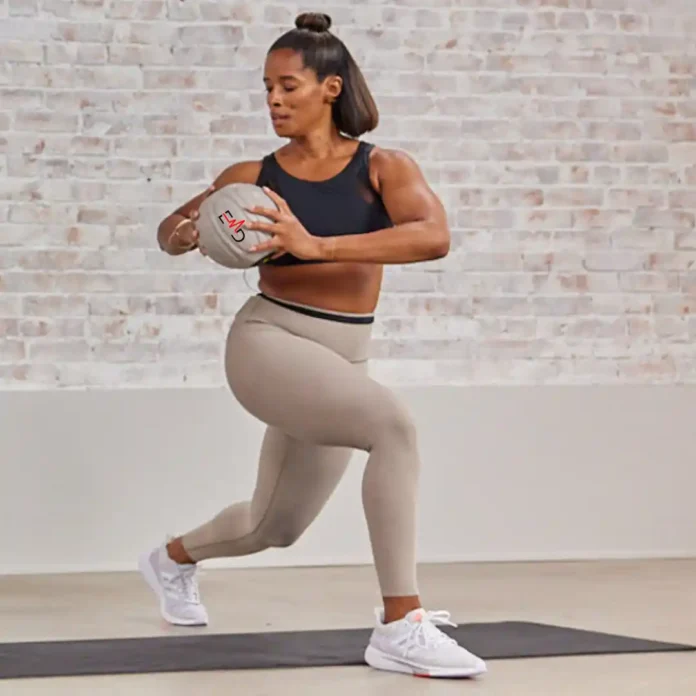
Exercise Daily – In today’s fast-paced world, it’s essential to be physically capable of handling the demands of daily life. Functional fitness has become a popular trend, and for good reason. It’s all about improving the body’s ability to perform everyday tasks effectively and without injury. Whether you’re lifting groceries, picking up your kids, or squatting to tie your shoes, functional fitness ensures that your body is well-prepared for all types of physical movements.
In this guide, we’ll dive into the world of functional fitness, explore the benefits of functional training, and highlight why it’s important for your overall health and fitness. If you’re ready to make a change and feel better in your everyday life, keep reading!
What Is Functional Fitness?
Functional fitness refers to a type of exercise that prepares your body for real-world activities. Unlike traditional strength training that often isolates muscles, functional training focuses on movements that mimic everyday tasks. By engaging multiple muscle groups, functional fitness exercises improve balance, strength, and flexibility—all crucial components for performing daily activities with ease.
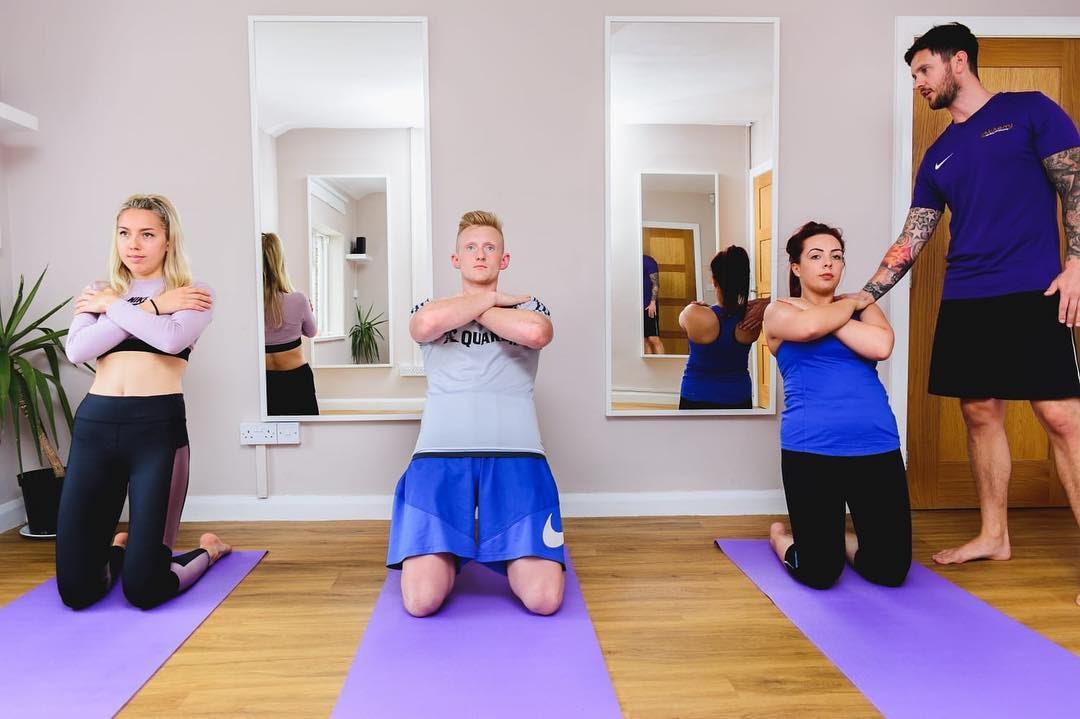
The Key Benefits of Functional Training
Functional training has gained popularity because of its numerous benefits. It’s not just about looking good, it’s about feeling good and performing better in daily life. Here are some of the key benefits of functional training:
1. Improves Mobility and Flexibility
Functional fitness exercises target a wide range of motion, helping to improve your flexibility and mobility. This enables you to move freely without discomfort or pain in your joints.
2. Builds Functional Strength
Unlike traditional strength training, functional strength focuses on muscle groups that work together for everyday tasks. Movements such as squats, lunges, and lifting motions mimic the actions we do daily, which makes these exercises ideal for improving functional strength.
3. Reduces Risk of Injury
Since functional fitness helps to strengthen muscles and improve coordination, it plays a crucial role in reducing the risk of injury. Whether it’s bending over to pick something up or lifting a heavy box, your body becomes more resilient to potential injuries when performing these activities.
4. Enhances Posture
Proper posture is key to avoiding aches and pains, especially in the lower back. Functional fitness exercises focus on core strength, which helps improve posture and spinal alignment, leading to better overall body mechanics.
5. Increases Daily Performance
Functional training helps your body perform everyday tasks more efficiently. Whether you’re lifting, carrying, squatting, or reaching, functional exercises train your body to move better and more effectively throughout the day.
6. Promotes Weight Loss and Fitness
Like other forms of fitness, functional training helps you burn calories, build muscle, and improve your fitness level. Plus, it’s often more enjoyable than other workouts, keeping you motivated to stay on track.
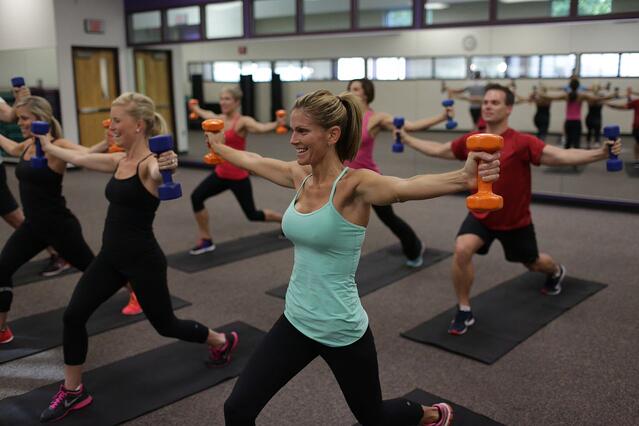
What Does a Functional Fitness Workout Look Like?
Functional fitness workouts are designed to improve movement patterns, enhance mobility, and boost overall strength. A typical workout might include exercises such as:
1. Squats
Squats are one of the most essential functional fitness exercises, mimicking the natural bending and lifting motions we perform every day. They help improve lower body strength, stability, and flexibility.
2. Lunges
Lunges are another functional fitness exercise that helps strengthen the lower body. Lunging mimics the forward and backward movements often seen in walking, running, and other activities.
3. Deadlifts
Deadlifts, when done with the right form, mimic the bending and lifting actions we use to pick up objects from the ground. This movement strengthens the core, lower back, and legs.
4. Push-ups
Push-ups are a great way to build upper body strength. By performing push-ups, you’re strengthening the muscles used in everyday tasks such as pushing doors or lifting objects.
5. Planks
Core stability is critical for overall functional strength. Planks engage multiple muscles, including the core, shoulders, and legs, making them a great way to improve posture and balance.
6. Kettlebell Swings
Kettlebell swings are a dynamic exercise that helps improve hip strength, coordination, and overall fitness. This functional exercise mimics swinging and lifting movements.
Strength Training vs Functional Fitness
While both strength training and functional fitness are essential components of a well-rounded fitness routine, they have different focuses. Strength training typically targets specific muscles with isolated exercises, whereas functional fitness focuses on full-body movements that mimic real-life tasks.
Functional fitness exercises use compound movements, meaning multiple muscle groups are engaged at once. This makes functional training a more effective choice for those looking to improve performance in daily tasks.
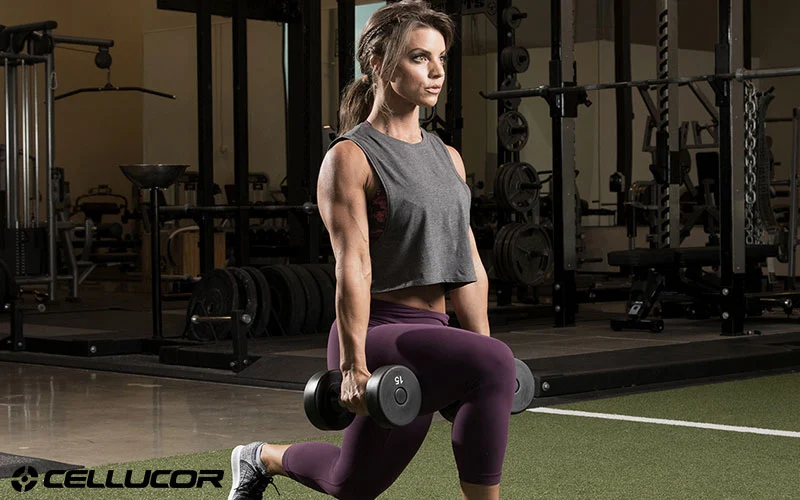
Incorporating Functional Fitness into Your Routine
Incorporating functional fitness into your fitness routine is easier than you think. Here are some tips to get started:
1. Start Slow
If you’re new to functional training, start with basic exercises like squats and lunges. Focus on your form and gradually increase intensity as your strength and mobility improve.
2. Mix It Up
Variety is key to avoiding workout monotony. Mix functional exercises with other types of training, such as cardio or yoga, to keep your body challenged and engaged.
3. Include Bodyweight Exercises
Bodyweight exercises are an excellent way to perform functional fitness workouts at home or at the gym. You can perform squats, push-ups, lunges, and other functional movements without needing any equipment.
4. Try High-Intensity Functional Training
High-intensity interval training (HIIT) is an effective way to combine functional fitness with intense cardio. By alternating between short bursts of exercise and rest, you can increase your endurance and strength in a short amount of time.
5. Don’t Forget Your Core
Core strength is vital for functional fitness. Always include exercises that target your core, such as planks and leg raises, to improve posture and balance.
Functional Fitness for Every Age Group
Functional fitness isn’t just for athletes or gym enthusiasts. Almost anyone can benefit from functional training, no matter their age or fitness level. From seniors who want to maintain mobility to busy parents who need more energy for daily tasks, functional fitness offers something for everyone.
Why Functional Fitness Is Important for Aging Adults
As we age, our mobility and strength naturally decline. However, functional fitness can help combat this decline by focusing on exercises that improve balance, strength, and range of motion. By incorporating functional training into their routines, older adults can reduce the risk of falls, improve independence, and maintain an active lifestyle.
How Functional Fitness Improves Mental Health
Aside from the physical benefits, functional fitness can also have a positive impact on mental health. Exercise in general is known to boost mood, reduce stress, and improve cognitive function. Functional training, in particular, can help individuals feel more confident in their ability to perform everyday tasks, leading to a sense of accomplishment and mental well-being.
The Role of Functional Fitness in Preventing Injuries
Injury prevention is one of the most significant benefits of functional fitness. By training your body to move more efficiently and effectively, functional fitness reduces the risk of injury. This is especially important for individuals who participate in physically demanding jobs or sports.
Functional Fitness and Recovery
Another benefit of functional training is its ability to aid in recovery. Many functional fitness exercises are low-impact, making them ideal for individuals recovering from injuries or surgery. By focusing on improving mobility and joint health, functional fitness helps speed up recovery and prevent future injuries.
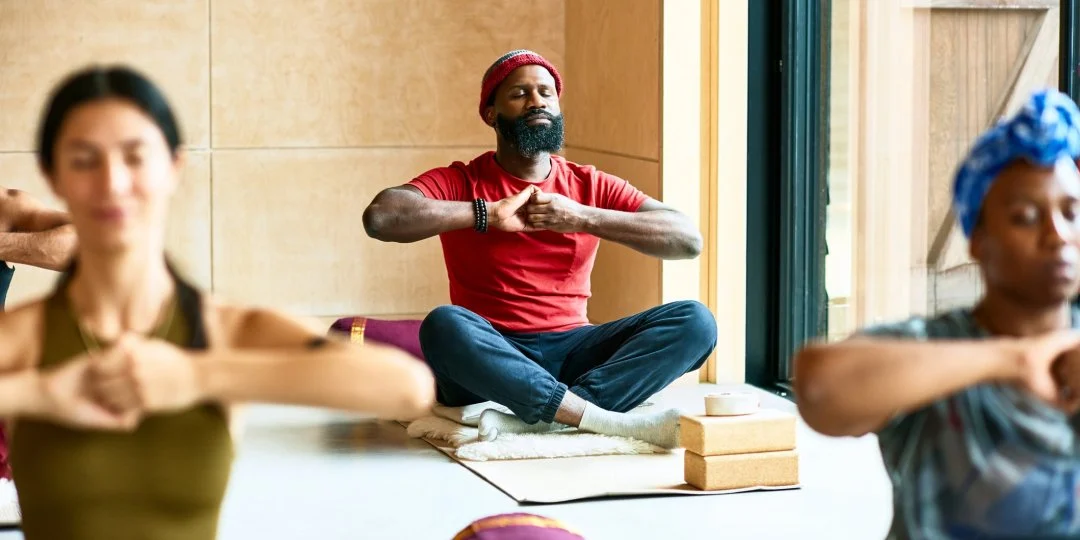
Conclusion: Embrace Functional Fitness for a Healthier Lifestyle
Functional fitness is more than just a trend—it’s a lifestyle choice that can significantly improve your ability to perform everyday tasks, reduce injury risk, and enhance your overall well-being. Whether you’re lifting, bending, squatting, or reaching, functional fitness ensures that your body is prepared for whatever life throws your way. So, if you haven’t already, it’s time to add functional fitness exercises to your workout routine!
FAQs – The Importance of Functional Fitness for Daily Activities
Q: What are the benefits of functional fitness?
A: Functional fitness improves strength, mobility, flexibility, and balance, reducing the risk of injury and enhancing performance in everyday tasks.
Q: How often should I do functional fitness?
A: It’s recommended to incorporate functional fitness into your routine 2-3 times a week, depending on your fitness goals and level.
Q: Can functional fitness help with weight loss?
A: Yes, functional fitness can help with weight loss by burning calories, increasing metabolism, and improving overall fitness.
Q: What are the best functional fitness exercises?
A: Some of the best functional fitness exercises include squats, lunges, push-ups, kettlebell swings, and planks.




